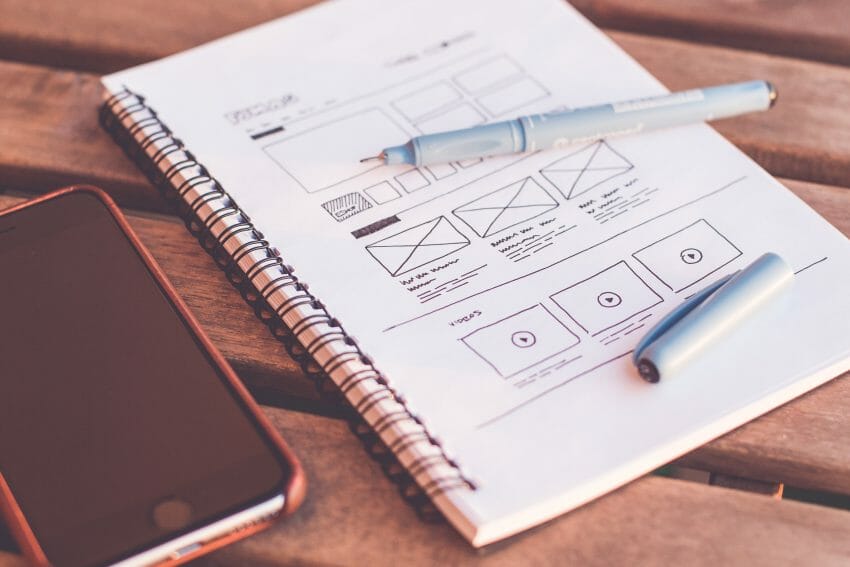We spoke to Robin Christopherson MBE, Head of Digital Inclusion at AbilityNet about the convergence of the diversity agenda and inclusive design. This is the second of a four-part series and focuses on the common-sense approaches that organisations should be taking to their own accessibility and the accessibility of their products. Read on to find out about;
- The equality act 2010 and its implications
- The benefits to employers for being more accessible
- The case for accessibility and search engine optimization
Equality Act 2010
When it comes to the workforce, diversity is a good thing and it’s widely acknowledged as being healthy. It makes for a healthier workforce and better products and services. And in hiring, until quite recently there has been a challenge in encouraging employers to put the right adjustments in place; it’s been a legal requirement for two decades now to make adjustments for people with disabilities for example. But certainly, since the Equality Act in 2010, it’s been a requirement to take people across all characteristics: race, religion, age, gender, sexual orientation etc, as well as disability, and to do it in a proactive way.
Breaking the catch-22
Employers can no longer say oh actually, I know our systems aren’t compatible with a screen reader, which someone like myself who is blind needs to use to make things speak out, but we haven’t got any blind employees so we haven’t bothered. That actually is broken, that vicious Catch-22 now, because they need to proactively make all their systems accessible to people using different assisted technologies, regardless of whether they employ any of them today, because somebody who is the best qualified for a particular vacancy may come along tomorrow and they should hire that person if that person is the best for the job.
See also: Hiring based on aptitude and the tech gender gap
Employers increasingly understand the benefits
The Health and Safety Executive, did some really good research a couple of years ago and they showed in the area of disability that employees with a disability are as productive as their able-bodied colleagues with the right, reasonable adjustments in place; they take less sick leave; and they stay longer in their jobs, they’re more loyal than their able-bodied colleagues. So they’re just very grateful to be in work basically. So I don’t know if I’m a case in point, I’ve been with AbilityNet for 22 years now. And I don’t think I ever take sick leave. Given the right adjustments, a diverse workforce across the board is a very good thing and that is being more and more appreciated by employers.
Carrots and sticks
With regards to diversity in the products and services that you provide, I think that people are seeing that that’s something that they need to embrace and there are carrots and sticks there. So the sticks are the legal as I mentioned before. Under the Equality Act, you can’t discriminate against your disabled customers either, and there’s obviously the potential for brand damage, bad PR associated with inaccessibility. That could just be word of mouth or people generally on social media or whatever, or it could be people being sued, it could be litigation.
And then there are these carrots. We always like to concentrate on the upside because they are very significant. So if your products are accessible, they’re done in an inclusive way, then obviously you’re going to reach more customers, they’re going to be happier, they’re going to be more able to use your products easily and revisit those products and use them again. They’ll buy the next device when it comes along, or they’ll use the service another time because it was an inclusive experience.
See also: What is diversity hiring?
This isn’t voodoo…
Accessibility guidelines, whether it’s the ones to do with websites, the ones to do with the software on the different platforms etc whether very detailed technical guidelines or simple explainers that you can follow are now easier to find. So it’s not as if becoming accessible and compliant is kind of a voodoo exercise, you just have to follow the guidelines and do the work.
…it’s SEO best practice
Once you’ve done that, then those products are going to be more fit for purpose. They’re going to be, in the case of a website for example, easier to use by everybody particularly in the extreme computing environment on mobile phones, in those extreme situations. But they’re also going to have better natural search engine optimisations (SEO). Google gives websites brownie points for having properly marked up headings, images with alternative text descriptions etc, so you’ll get much more traffic to your website without having to spend money on artificial SEO.
The pages will be quicker to download because you’ll be separating content from presentation, and when you do that with accessibility in mind, then users will be more able to provide different colour schemes. If you have a yellow background for example, as an option on your website, then people with dyslexia will be able to much more easily read it. And you can provide those different viewing themes very easily if you build in accessibility from the start. And as soon as you decouple content from presentation, then you’re able to provide that service or that content in a range of different platforms and we can talk about smart speakers like the Echo or Google Home where it’s a completely different UI. It’s just a conversational interface. So the technology is branching out in many different directions and if you do things in an inclusive way, then you’re actually future-proofing your products and making them more easily repurposable for these different platforms.
The ROI of accessibility
There’s no fundamental conflict or friction between following the accessibility guidelines and creating good sexy products for every user. They’re actually all pushing in the right direction. Accessibility forces people to create their products using a best practice approach more generally. They’re all pushing in the right direction, it’s just a question of getting web developers, designers, etc, companies, to prioritise inclusive design sufficiently. It costs a little bit more extra on a new build of a website, for example, they reckon between 2% and 5% additional investment to make it fully inclusive. But the ROI on that is very significantly higher and when you factor in brand value and CSR and all of those things, then the business case is very, very compelling.
See also: Extreme usability and the democratisation of inclusive design








